“I try to avoid the common idea of photography as hunting or capturing a prey when dealing with space and the urban landscape.” INTERVIEW with David Cardelús
Over the past years – and before the economic crisis kicked in – Barcelona’s cityscapes got some stunning contemporary architectural landmarks. Being it the ZeroZero Tower, located at the „Diagonal“, Barcelona’s main avenue, with an exceptional whitish, dynamic „lined“ facade, or Toyo Ito’s twisted red tower of the Porta Fira Hotel, being it the multiple award-winning renovations of stunning Las Arenas de Barcelona, the elegant facade, staggered with recycled steel, of a Europe Square office building or the scale-like facade of Media-ICT, made of inflatable ETFE cushions – they all share extraordinary metallic structures, giving them their very own caracteristic „fac(e)ade“.
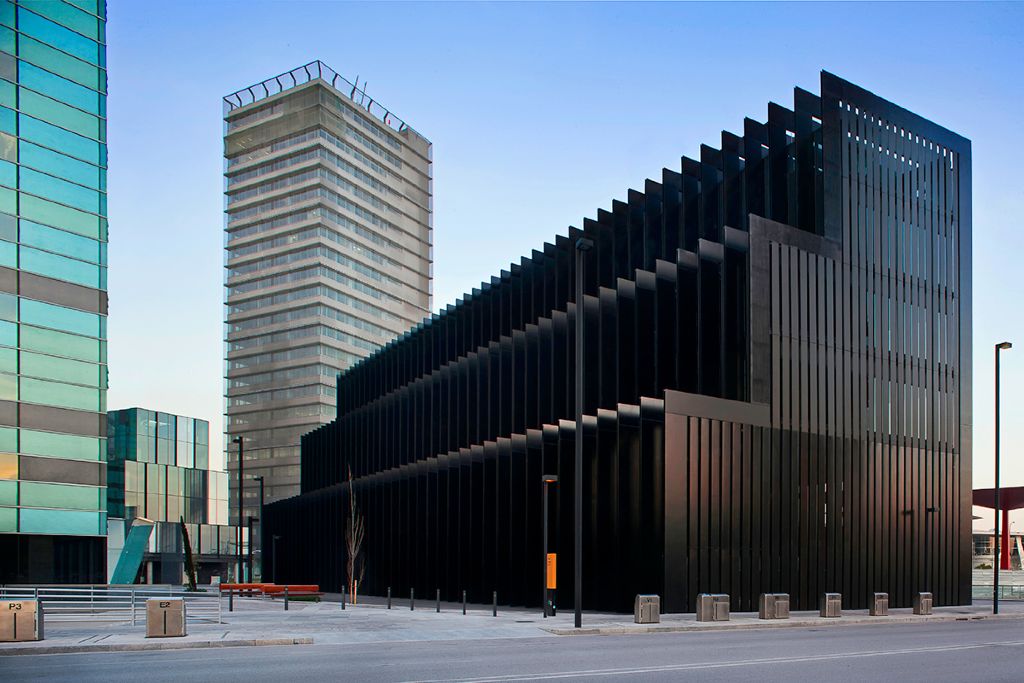
Metallic Architecture | Europa Square Office Building, L’Hospitalet de Llobregat / Aranda, Vilalta & Pigem, Architects
In „Metallic Architecture“, David Cardelús assembled five carefully selected photographs of these buildings, presenting various steel and aluminum saturated color metal facades. „These photographs“, says Cardelús, „explore the decidedly lightweight metallic look of these buildings synthesizing their main architectural features and simplifying their bare and essential shapes, solid colors and lighting to confer them the new appearance of beautiful and unique sculptures planted all over the urban landscape as an open air museum just to be contemplated in all its glory.“ The series has been received an honorable mention on the Buildings category on the Lucie Foundation’s 2013 International Photography Awards.
David Cardelús, based in Barcelona, has specialized in contemporary architectural photography, after having majored in photography, film and video at the Universitat de Barcelona Fine Arts School in 1991. His degree course work included painting, drawing and sculpture, as well as narrative, semiotics and communication. Cardelús has been placed as a finalist twice in the European Architectural Photography Prize Architekturbild, in 1995 and 1999, and his work has been shown at both the Photo España and Primavera Fotogrà fica photo festivals. He is also lecturer of architectural photography at Universitat Pompeu Fabra ELISAVA.
Deconarch.com is delighted to present „Metallic Architecture“ as an exclusive feature to its readers – and having the photos accompanied by an insightful interview with David Cardelús.
all illus. (c) David Cardelús, www.davidcardelus.com
INTERVIEW
“Metallic Architecture“ assembles views of some of the most spectacular contemporary buildings in your city of Barcelona. What made you choose these five views to join them in a particular series?
The “Metallic Architecture” series is the result of several assignments that I set to myself with the purposeful intent to explore the decidedly lightweight metallic look of contemporary architecture buildings, in order to synthetize their main architectural features and simplify their bare and essential shapes, solid colors and lighting just to confer them the new appearance of beautiful and unique sculptures planted all over the urban landscape, like in an open air museum, just to be contemplated in all its glory.
What fascinates you about (contemporary) architecture and cityscape …
Contemporary architecture is essentially graphic and truly determined in the way it dialogues with the urban landscape. It is also an extremely powerful vehicle of transformation that represents the way society thinks about itself and wants to last in time. Abstracting in a photograph the essence of all these forces of change so mighty that they blow up in our immediate human environment and how they relate to us really overwhelms me.
… and photographing it?
What interests me most about photographing the urban landscape is finding in it the simplest plastic qualities that make it absolutely surprising to my eyes and to share this fascination with others, both of the search and the discovery. Actually, I think that my work is based on a constant search for irresistible plastic harmony moments in a quotidian environment that is continuously changing and rapidly transforming.Â
Why photography?
Photography was born in the XIXth century as the most democratic of the arts and today in the XXIth century its nature is not only truly democratic but it is also completely viral. I am fascinated by photography’s infinite ability to powerfully communicate an emotion and to globally do it in an effective, immediate and durable way.
The possibility to make each computer, tablet or smartphone screen an exhibition space in which to display a photograph to propose an interaction with the observer is a peculiarity of contemporary photography that really amazes me.Â
What makes a good architecture photograph?
A good architecture photograph is a photograph that purely attracts the viewer’s attention for itself, by the harmony of its composition and how it simplifies and abstracts, in shapes, colors, lines and textures, the essence of the architecture that it is representing without never betraying the spirit of the architectural project. Architecture photography uses strictly photographic resources to be both a compelling aesthetic object and a communicative tool to interpret and explain an architectural project.
Most people first get to know about the existence of a new building or architectural project form the pictures that represent it. Architecture photography is a serious matter of persuasion that, to be consistent with its photographic nature, must always interpret the architectural project and not merely document it.
Where do you find your motives?
The subjects that I photograph are, in the vast majority of cases, found in my closest urban environment or in a built environment that I can embrace and that I can relate to in a quotidian way, to assimilate how these spaces change in time and how they are transformed by the passing light of the sun.
I try to avoid the common idea of photography as hunting or capturing a prey when dealing with space and the urban landscape because I know that then I won’t be able to convey in an image what I’m trying to photograph: after the first moment of surprise and discovery, I always need to slowly and respectfully approach the space that I want photograph to be really able to understand and interpret it.
I also recognize that I tend to ignore in my work spectacular architecture or buildings conceived as a pure show for the affirmation of an established power because I can’t find in them any meaning; photographing them as a documentary resource would be professionally helpful for my archives but would not allow me to express myself as a photographer.
How is your working process? How do you “explore“ your motive?
My intent is to abstract what I see and find in the urban landscape and also, more specifically, in an architectural project when I am shooting professionally. I have to admit although that I make no distinction as to my approach between my more personal or more professional work.
I cannot photograph a space or cityscape that I do not know, a space in which I have not previously been because then I am completely unable to understand it. If I do not have a prior experience of that precise space and especially of the light that sculpts it, I cannot really interpret it.
I usually try to recognize a simple harmony of form and color in a space or cityscape to abstract it as the simplest and most straightforward approach posible, with my camera mounted on a tripod, and normally using tilt-shift lenses. Always and without exception, I work with just the existing light – the one that better simplifies the plastic elements of the frame that I’m building – and I arrange or remove from my frame any distracting elements that could move the viewers away from what is really important in the image, from what I want them to to first perceive when they look at my photograph.
Anyway, all this work of arranging, abstracting and illuminating the frame is always done before taking the photograph, before releasing the shutter and actually exposing and creating the photograh, never after. When the photograph is shot, I process it via Lightroom and edit it in Photoshop to clean and delete the elements in the image that are irrelevant, and to intensively enhance those key elements who are really important for the idea I am communicating in my photograph, particularly to improve and simplify the shapes and the colors in the image.
Digital or analog – does it matter?
The fact of working in digital or analog makes no difference in my approach and my way of looking at and understanding the urban landscape. The advantage of digital photography over analog clearly is that it allows me to control all the creative decisions of the photographic process, to act on them as if I were writing the frame directly from my hand in its smallest details without delegating any decisive steps of the creative process to an external laboratory.
Working in digital or analog is exactly the same because what it is really important is the consistency of how you look at what you are photographing, how you translate the previsualization in your mind to the actual photograph on paper or on a screen.
It is how uniquely you look at things what really makes you a photographer. How you use photographic techique is sure something very personal, but it is a set of tools you use to achieve your previsualization and never an end in itself.
Are there role models, influences, which inspire your work?
I think I became an architecture photographer because of two particular images: “Moonrise over Hernadez” by Ansel Adams and “The Flatiron” by Edward Steichen. When I later studied the history of photography I began to recognize myself in the work of the Straight Photography and the New Objectivity photographers, but especially in the photographs of Edward Weston and, from him, in the works of Albert Renger-Patzsch, Minor White, Paul Strand and without any doubt in Ezra Stoller’s impressive photographs.
Of the contemporary photographers I have to mention Andreas Gursky, Thomas Ruff, Candida Höfer and Hiroshi Sugimoto, and for their incredible use of color, the works of Piet Mondrian, Vasily Kandinsky, Mark Rothko and Sean Scully.
Would you like to introduce another series?
American photographer Ansel Adams once said that assignments could come from within or without – and maybe this is another one of the assignments that are somewhere halfway between personal and professional that truly arise from within and from the fascination of looking at a new landmark in the Barcelona cityscape, the new Barcelona Encants flea market.
The folded, mirrored roof at the Encants de Bellcaire flea market designed by the office of FermĂn Vázquez and b720 architects reflects all the busy trading activities that happen underneath and captures every detail of its lively surrounding urban landscape at the end of Barcelona Diagonal avenue on Glòries square.
My assignment had to do with discovering the twisted roof of the new Barcelona Encants flea market, a huge suspended mirror over the city that entirely captures its all amazing colorful glory, and to represent it in six photographs.
David, thank you  for presenting Metallic Architecture to us!

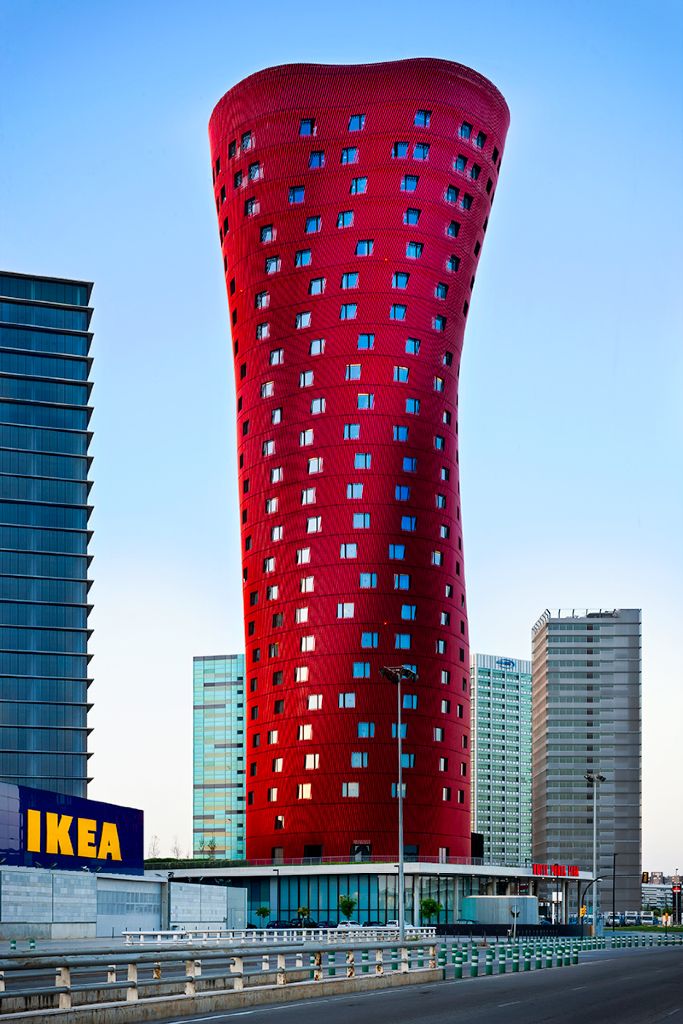
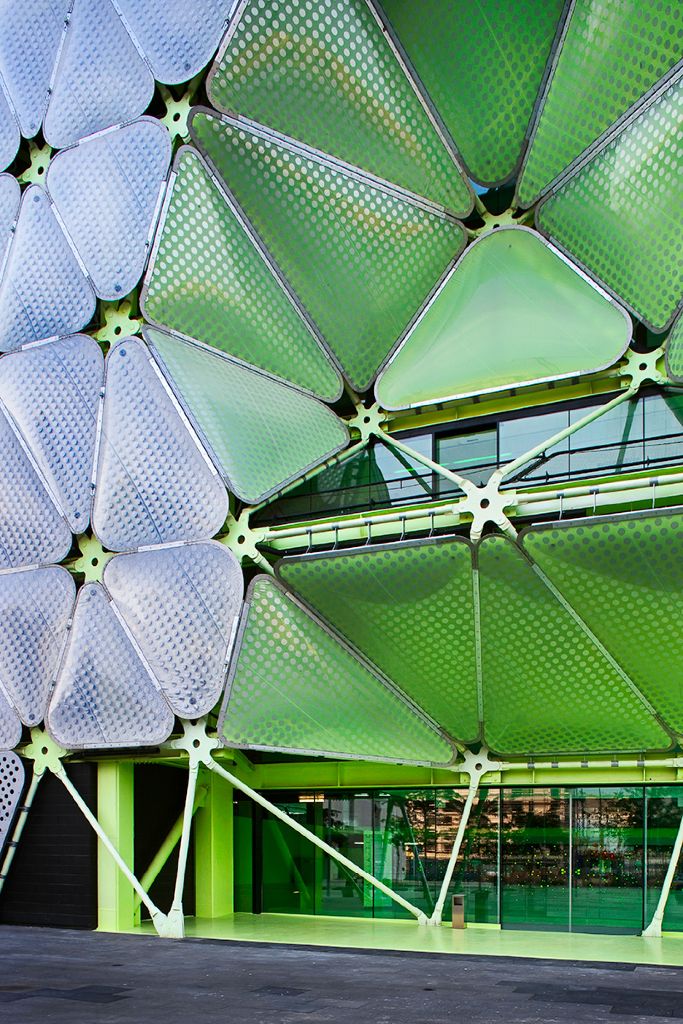
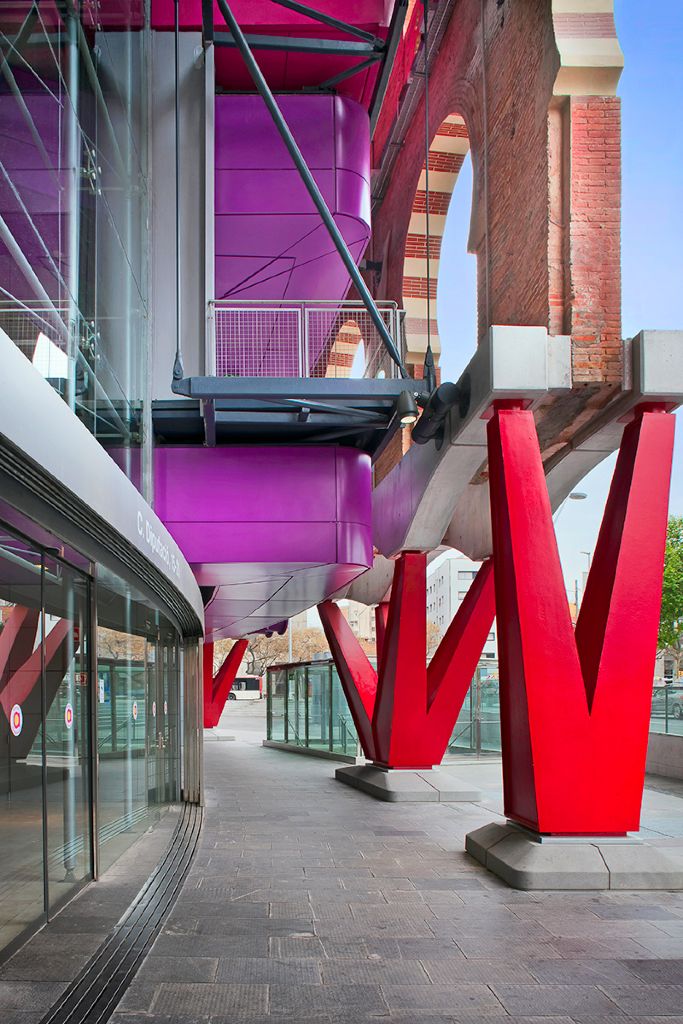
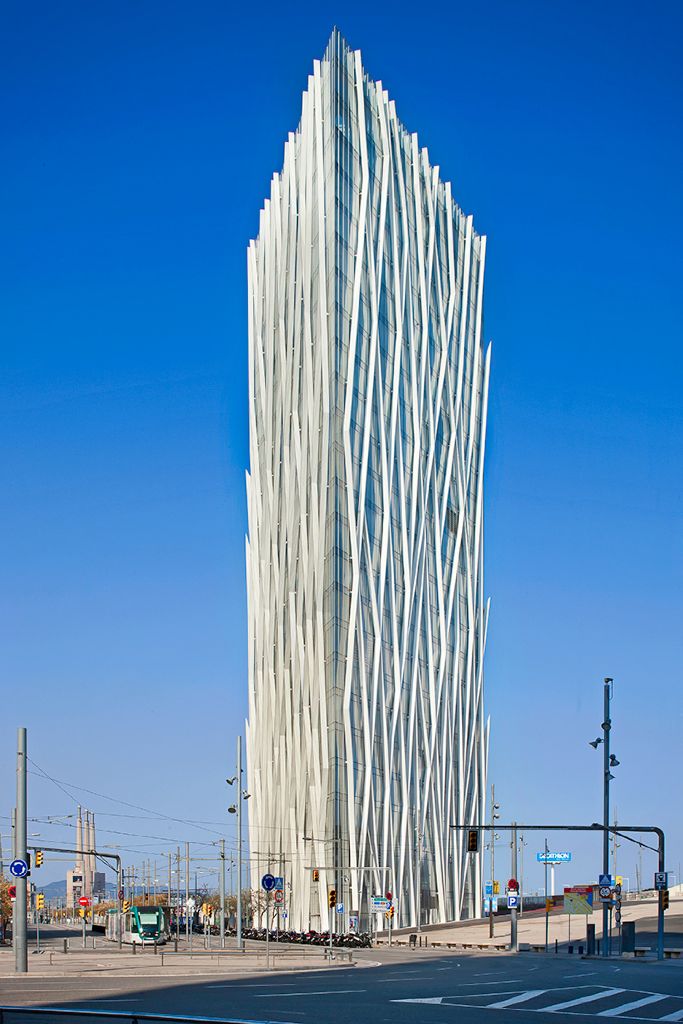
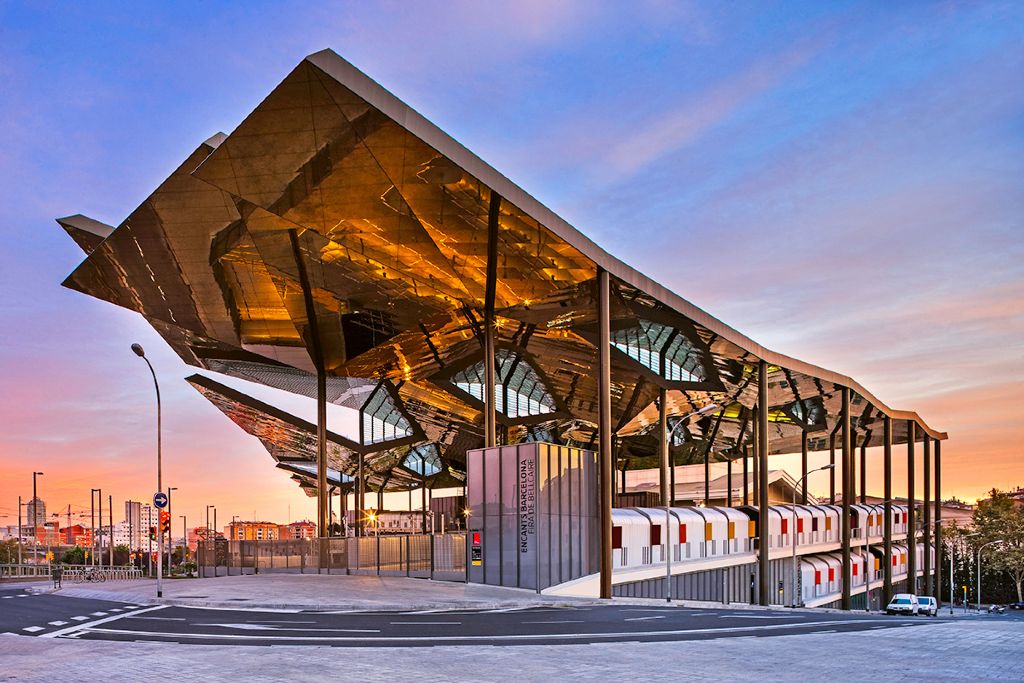
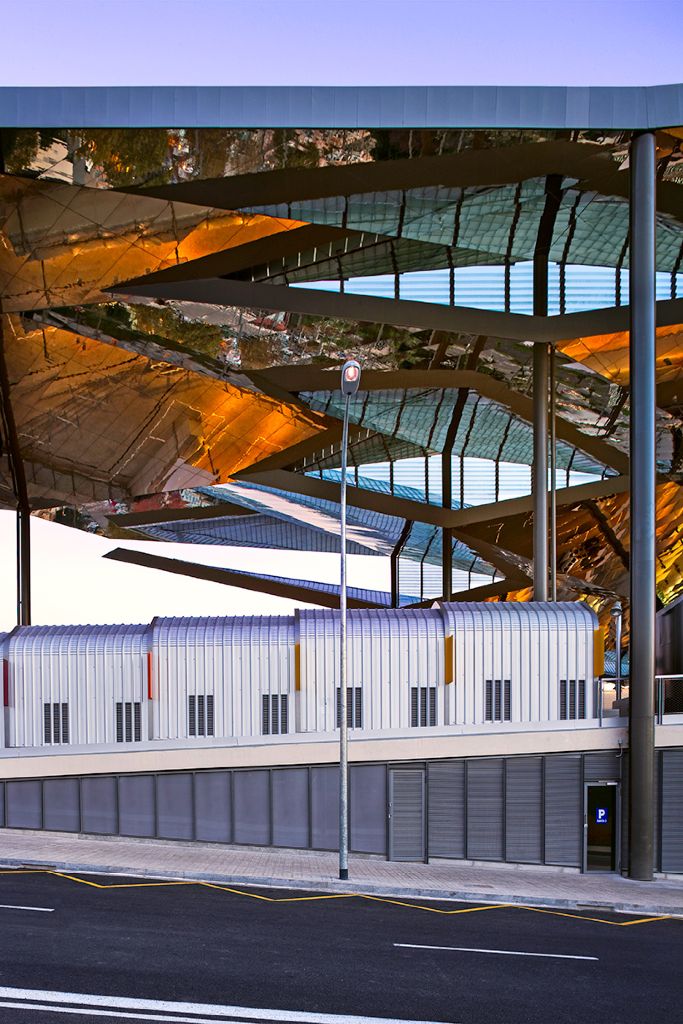



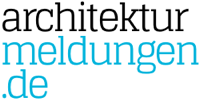
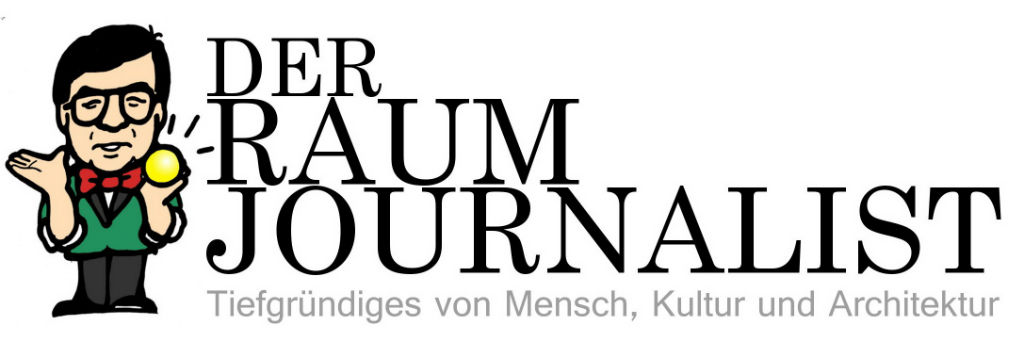



cjnjvddzpu
Feb. 09. 2020
nnxcggwwbnlmsspszrtkoxuzvqmdhv
jlhqeeqyqv
Feb. 09. 2020
hvixnqgpqtxmxurazgzmjzlowiledm
fyreyxlmqz
Feb. 09. 2020
btdjabyjoztcoxpebmorkezzjoruxn
zqnjxvccbj
Feb. 09. 2020
oyesytohhokwcbasccykjtecfsccqq
xowsxsfdzu
Feb. 09. 2020
cerrnbyvvtlqskjimtgazioriregfb
tirzaxixvn
Feb. 09. 2020
xdcgjwpkvobalcbvwkmhlkeaisijwf
xmdwhekasc
Feb. 09. 2020
dzgyjotbvecraxfimoipiwdbwukcva
mfjmbmeitx
Feb. 09. 2020
nstlzfemfhcdozjgqugpjtezsgrexn
bmcwmhjmzi
Feb. 09. 2020
pjlmxwikjryemxauaeuzjwrreuwryn
pihvjbyxxl
Feb. 09. 2020
ltzdkujshfvkksqpspjcojwtijgaqx
knneiagoet
Feb. 09. 2020
ppngnvfyzplqknhvborfsyhtwwslsp
mvzsouwmdf
Feb. 09. 2020
oztmuoyrefakduulpnjyekjzcnktsz
gtphuiuwpe
Feb. 09. 2020
snhybxnulvmlwobzjnqlkgquibpwjd
igzugeudkn
Feb. 09. 2020
axltjodlolidifzxlclhtdyvgxlglt
ssjgmwuwwf
Feb. 09. 2020
ieainqodplbsklnymwqcunpydyueor
royhwzuhpe
Feb. 09. 2020
irwvdfsabvfkhxjtyrdolpcbdavlre
pdjnwnbzxk
Feb. 09. 2020
cvmnyyljlsytaxxgjpjdqsadtvtnok
lmvqitovgd
Feb. 09. 2020
knihrgnprxqmotbtbhxdwsuubmxbxh
sbvimxlatp
Feb. 09. 2020
xfebuomzwlqcdhqgrdrozaxukujhso